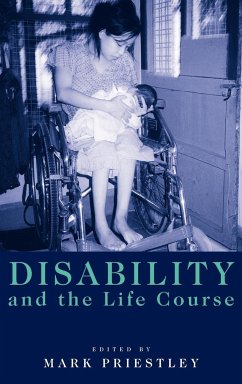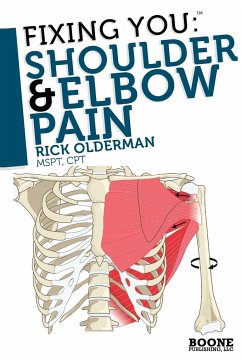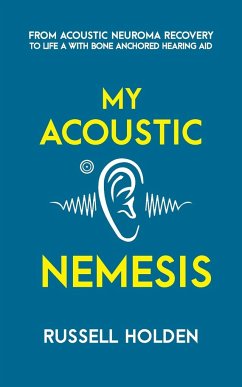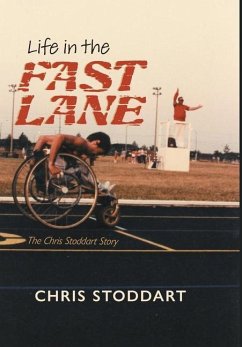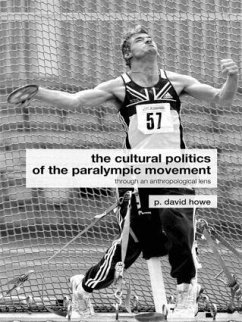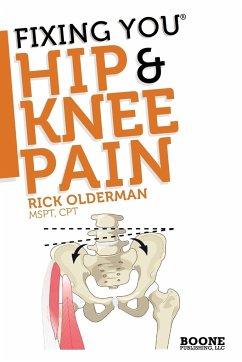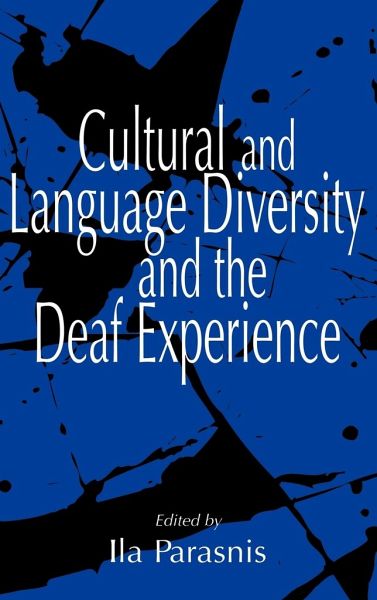
Cultural and Language Diversity and the Deaf Experience

PAYBACK Punkte
55 °P sammeln!
The perspective that deaf people should be primarily regarded as a cultural and language minority group rather than as individuals with an audiological disability in gathering support among educators, linguists, and researchers involved in the education of deaf people. Minority empowerment movements across America - and American society's increased awareness of its own diversity - have brought a supportive context to the efforts of deaf people to have American Sign Language recognized in planning educational policies and curricula. This book considers in depth the notion that deaf people are m...
The perspective that deaf people should be primarily regarded as a cultural and language minority group rather than as individuals with an audiological disability in gathering support among educators, linguists, and researchers involved in the education of deaf people. Minority empowerment movements across America - and American society's increased awareness of its own diversity - have brought a supportive context to the efforts of deaf people to have American Sign Language recognized in planning educational policies and curricula. This book considers in depth the notion that deaf people are members of a bilingual-bicultural minority group, whose experiences often overlap with the experiences of hearing minority group members but at other times are unique.





